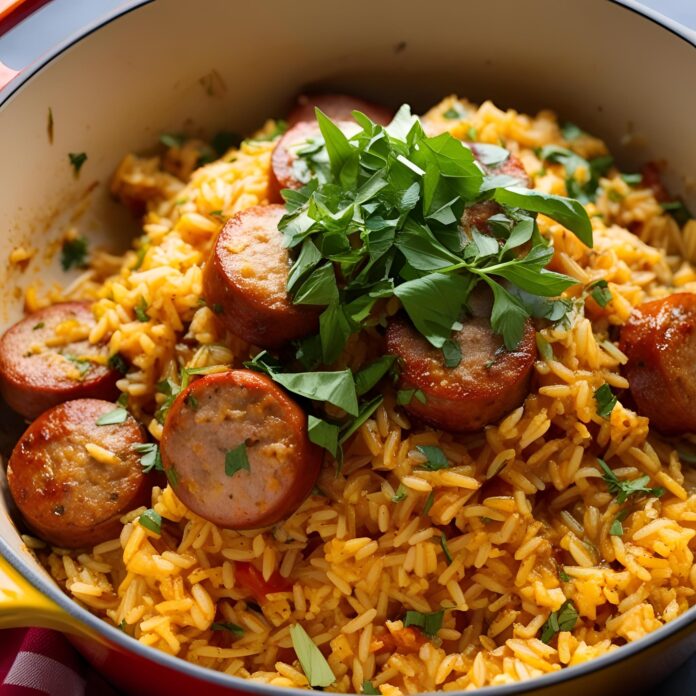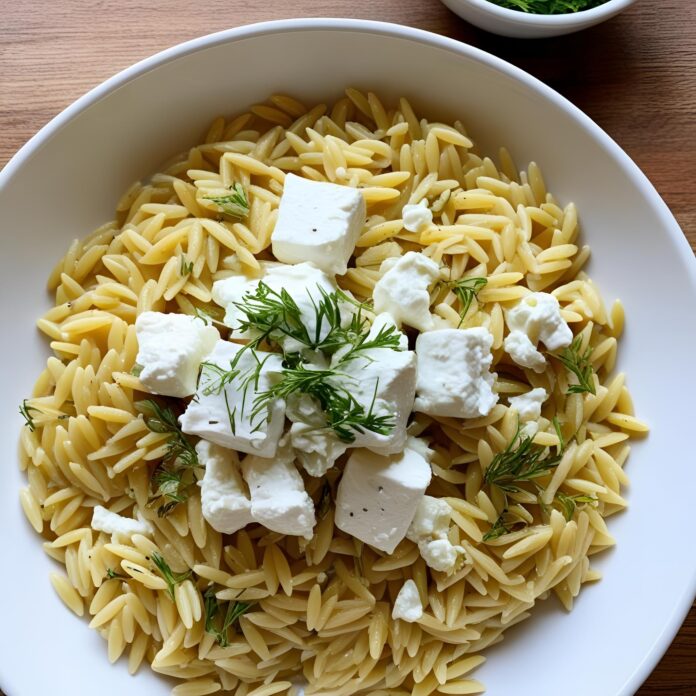Creamy Butterscotch Cheesecake Recipe
Cheesecake has long held a place of honor among classic desserts, cherished for its smooth texture, rich flavor, and decadent appeal. While traditional versions such as New York-style or fruit-topped cheesecakes dominate menus and family tables, the versatility of cheesecake opens up endless flavor possibilities. One variation that brings a nostalgic warmth and a touch of indulgence is Butterscotch Cheesecake.

Butterscotch, with its deep, buttery, caramel-like notes, is a flavor that evokes comfort and familiarity. Originating in 19th-century England, butterscotch was initially a hard candy made with brown sugar and butter. Over time, it evolved into sauces, puddings, and flavorings that now grace an array of desserts. Its rich and velvety profile makes it a natural partner to the smooth tang of cream cheese, resulting in a cheesecake that is both luxurious and heartwarming.
This recipe is more than just a dessert; it’s an experience that blends textures and layers of flavor to deliver something truly unforgettable. The buttery graham cracker crust provides a perfect crunchy contrast to the creamy filling, while the butterscotch not only infuses the cheesecake itself but also crowns it in the form of a glossy sauce, adding richness in every bite. The final result is a dessert that is visually impressive, structurally satisfying, and tastefully balanced.
Whether you are an experienced home baker or just beginning your journey in the kitchen, this recipe is designed to guide you with clarity, tips, and techniques that ensure success. From ingredient selection and preparation to baking, cooling, and serving, every step is crafted to help you create a flawless cheesecake that will impress family, friends, or any special guest.
In the sections that follow, we will explore not only how to make this Creamy Butterscotch Cheesecake from scratch but also how to customize, store, and serve it. We’ll delve into the science of baking a cheesecake without cracks, the role of each ingredient, and even some troubleshooting tips to keep in mind along the way.
By the end of this journey, you’ll have not just a recipe, but a deeper appreciation for the art of cheesecake making—and a show-stopping dessert that will become a favorite in your baking repertoire.
Preparing the Crust
The crust is more than just a vessel for your cheesecake—it’s the first bite, the base of texture, and the support that holds everything together. A well-made graham cracker crust should be crisp yet tender, with just enough sweetness to complement the richness of the cheesecake filling.
Step 1: Prepare Your Pan
Tools Needed:
-
9-inch springform pan
-
Parchment paper (optional)
-
Nonstick cooking spray or extra melted butter for greasing
Instructions:
-
Lightly grease the bottom and sides of the springform pan using nonstick spray or a thin coating of melted butter.
-
(Optional) Line the bottom with a round piece of parchment paper to ensure easy release after baking.
-
Wrap the outside of the pan with a double layer of heavy-duty aluminum foil, making sure the bottom and sides are fully covered. This is crucial for the water bath you’ll use later to prevent leaks.
Step 2: Make the Crust Mixture
Instructions:
-
In a medium mixing bowl, combine 1¾ cups of graham cracker crumbs, 2 tablespoons of light brown sugar, and ½ teaspoon of ground cinnamon (if using).
-
Stir the dry ingredients together until evenly mixed.
-
Add 6 tablespoons of melted unsalted butter and stir until all the crumbs are evenly coated and the mixture resembles wet sand. The crumbs should hold together when pressed between your fingers.
Tip: If your mixture seems too dry, you can add an extra tablespoon of melted butter. If it’s too wet, sprinkle in a little more graham cracker crumb.
Step 3: Press the Crust into the Pan
Instructions:
-
Pour the crumb mixture into the prepared springform pan.
-
Use the bottom of a measuring cup, glass, or your fingers to firmly press the crumbs into an even layer across the bottom of the pan.
-
For a more finished look and added structure, you can press the crumbs slightly up the sides of the pan (about ½ to 1 inch).
Tip: Press firmly but not so hard that you compact the crust into a solid layer; it should remain slightly porous so it bakes evenly.
Step 4: Bake the Crust
Instructions:
-
Preheat your oven to 350°F (175°C).
-
Bake the crust for 10 minutes, or until it’s lightly golden and smells toasty.
-
Remove the pan from the oven and set it aside to cool completely while you prepare the filling.
Important: Allow the crust to cool fully before adding the filling to prevent it from becoming soggy.
Crust Troubleshooting Tips
-
Crust won’t hold together? You may need more butter, or the crumbs may be too coarse. Try pulsing them finer in a food processor.
-
Crust too crumbly after baking? It may not have been pressed firmly enough, or didn’t bake long enough. Bake a minute or two longer next time.
-
Crust soggy after baking? Make sure it’s fully baked and cooled before adding the filling. Also, ensure your water bath is sealed tightly to prevent leaks.
Creamy Butterscotch Cheesecake Recipe
Cheesecake has long held a place of honor among classic desserts, cherished for its smooth texture, rich flavor, and decadent appeal. While traditional versions such as New York-style or fruit-topped cheesecakes dominate menus and family tables, the versatility of cheesecake opens up endless flavor possibilities. One variation that brings a nostalgic warmth and a touch of indulgence is Butterscotch Cheesecake.
Ingredients
- For the Crust:
- 1 ½ cups graham cracker crumbs
- ¼ cup granulated sugar
- ½ cup unsalted butter, melted
- For the Cheesecake Filling:
- 3 (8 oz) packages cream cheese, softened
- 1 cup packed light brown sugar
- 3 large eggs
- ¾ cup sour cream
- 1 tsp vanilla extract
- ½ cup butterscotch chips, melted and slightly cooled
- Optional: ¼ tsp salt (if using unsalted butter)
- For the Butterscotch Topping (optional but recommended):
- ¾ cup butterscotch chips
- ¼ cup heavy cream
- Pinch of salt (optional)
Instructions
1. Prepare the Crust:
- Preheat oven to 325°F (160°C).
- In a mixing bowl, combine graham cracker crumbs, sugar, and melted butter.
- Press mixture firmly into the bottom of a 9-inch springform pan.
- Bake for 8–10 minutes. Remove and let cool while you prepare the filling.
2. Make the Cheesecake Filling:
- In a large bowl, beat the cream cheese until smooth and creamy.
- Add the brown sugar and mix until well combined.
- Add eggs one at a time, beating after each addition.
- Mix in sour cream and vanilla extract.
- Gently fold in melted butterscotch chips.
- Pour the filling over the prepared crust and smooth the top.
3. Bake the Cheesecake:
- Wrap the outside of the pan in aluminum foil (to prevent water leakage if using a water bath).
- Place in a larger baking pan and fill with 1 inch of hot water (optional but helps prevent cracking).
- Bake for 55–65 minutes, or until center is just set and slightly jiggly.
- Turn off the oven, crack the door open, and let cheesecake sit inside for 1 hour.
4. Cool and Chill:
- Remove cheesecake from oven and water bath.
- Let cool completely at room temperature.
- Refrigerate for at least 4–6 hours, preferably overnight.
5. Prepare Butterscotch Topping (Optional):
- Heat cream in a saucepan or microwave until hot (not boiling).
- Pour over butterscotch chips and let sit for 2 minutes, then stir until smooth.
- Cool slightly, then pour over chilled cheesecake before serving.
Notes
- Room temp ingredients help ensure a smoother batter with no lumps.
- If your butterscotch chips seize while melting, try adding 1 tsp vegetable oil to loosen it.
- The topping can also be drizzled just before serving for a pretty presentation.



